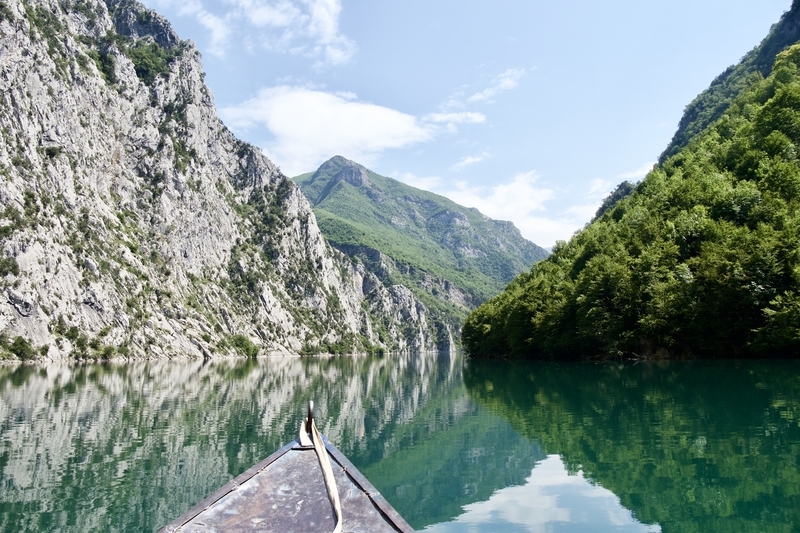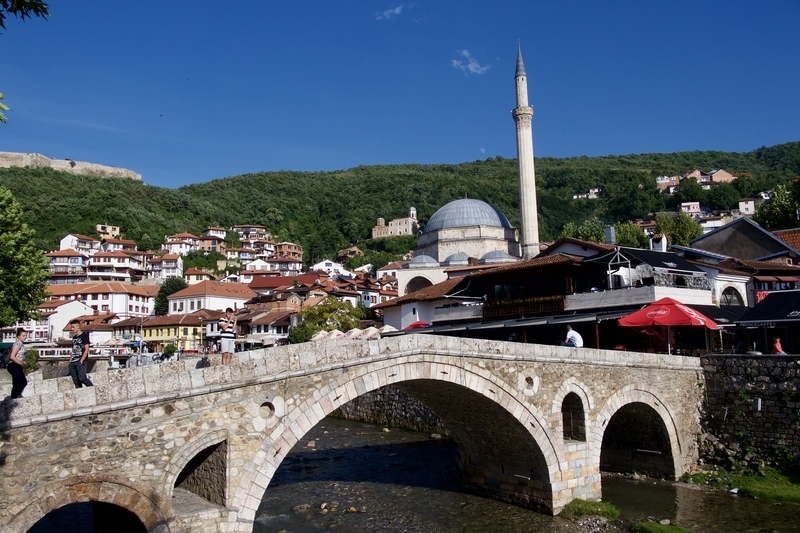
Visiting Prizren: Kosovo’s Capital of Culture
Studded with minarets and bell towers and picturesque architecture, Prizren Kosovo is, without a doubt, one of the prettiest towns in the Balkans.
With one foot planted firmly in Europe and the other steeped in Ottoman traditions, the city’s delightful architecture reflects a complex tapestry of cultures and religions that lay claim to this small corner of southeastern Europe.
Prizren was my first and only stop in Kosovo. Though I was not able to spend as much time in Kosovo as I would have liked, my two day whirlwind tour of Prizren’s top attractions gave me a window into the complexity of Kosovo’s history.
PRIZREN: CITY WITH A COMPLEX HISTORY
Reminiscent of Mostar in Bosnia with its iconic bridge and hilly setting, Prizren’s minarets and churches stand side by side in relative harmony.
Yet, history hasn’t always been so kind to this pretty city. And today, two decades after the end of the Kosovo War, scars of interethnic conflict are still very much apparent.
Like Palestine and Taiwan, Kosovo is a partially recognized state with a history that has drastically different interpretations. One hundred and six countries consider Kosovo to be independent; the remainder view it as an autonomous region within Serbia.
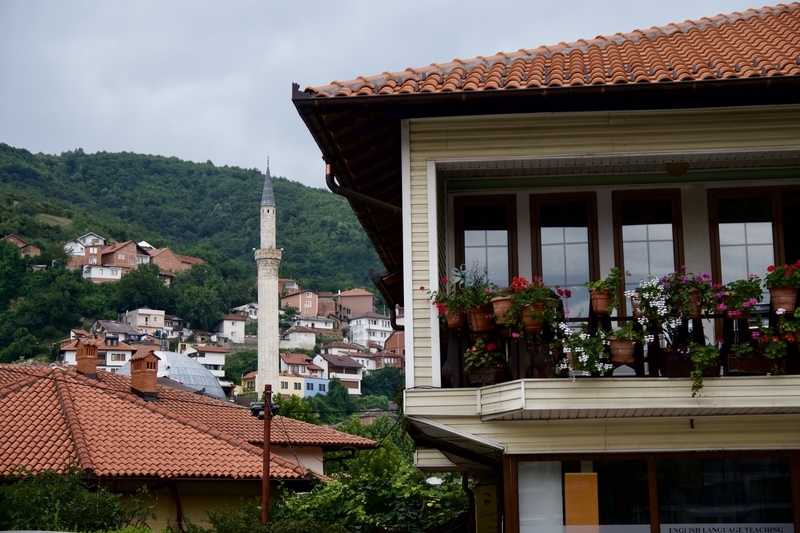
In the 1990s, Yugoslavia disintegrated and borders were redrawn around ethnic and religious lines. But borders are never a perfect science and, within Serbia, the ethnically-Albanian Muslims in Kosovo began seeking autonomy of their own.
Following independence in Bosnia, Croatia and Macedonia, the Kosovo Liberation Army (KLA) carried out sporadic attacks on the Serbian police force in order to bring attention to the Kosovo cause. The attacks resulted in a brutal retaliation of violence from the Serbian government.
In 1999, NATO attempted to halt Serbia’s offensive on Kosovo by launching a bombing campaign. The campaign was controversial, though it resulted in the removal of Yugoslav forces from Kosovo and the established a UN-backed interim administration mission.
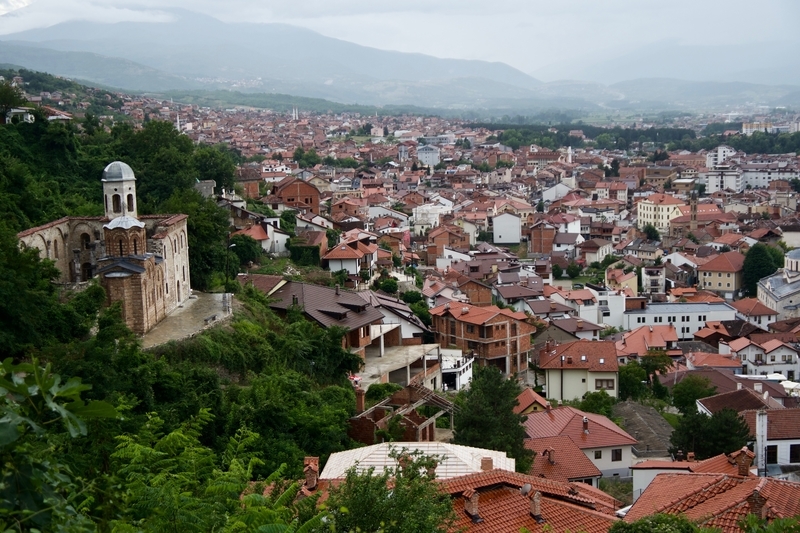
Two decades after NATO’s controversial bombings and a decade after Kosovo declared its independence from Serbia, Kosovo’s status remains in limbo. Many UN member states have yet to recognize Kosovo’s independence–making this small landlocked country one of the most contested of the 21st century.
PRIZREN MUST-SEE ATTRACTIONS
Following a visit to the spectacular mountain paradise of Northern Albania, we caught a minibus into Kosovo and spent two days discovering the must-see attractions in Prizren—Kosovo’s cultural heartland.
While in Prizren, we stayed at the highly-rated Guesthouse My Home, situated just a short walk from the city’s main attractions. Affordable and clean, the guesthouse is a friendly, family-run establishment with an unbeatable location behind the Sinan Pasha Mosque.
-
OLD TOWN AND STONE BRIDGE
The old town is Prizren’s heart. It is home to many of the city’s prettiest religious structures and Ottoman buildings. We spent our first evening in Prizren admiring the old town’s cobblestone streets and Ottoman architecture.
Prizren’s old town is relatively small and, despite being a nice place to spend a few days, can be easily visited in an afternoon. The old town sits across the Bistrica River from the newer section of the city. A series of bridges span the small river–including the iconic Stone Bridge that has become a symbol of Prizren.
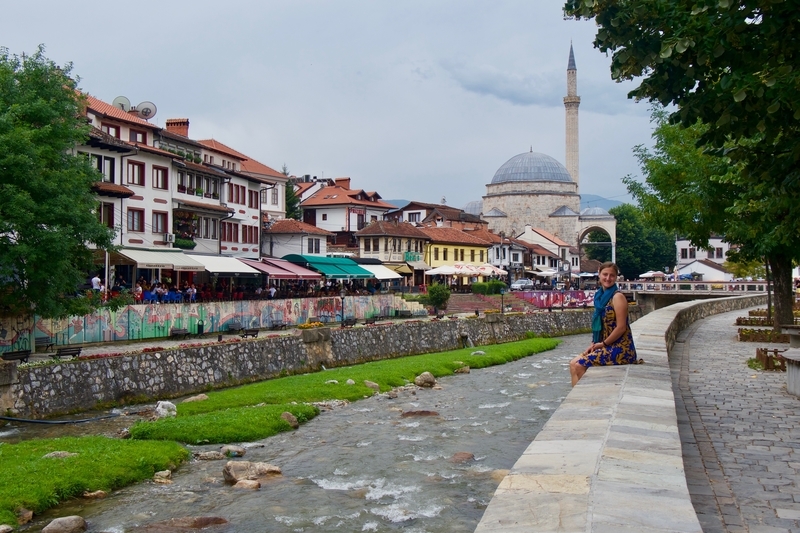
-
SINAN PASHA MOSQUE
There are numerous mosques that speckle Prizren’s skyline, but the Sinan Pasha Mosque is its most iconic. The Sinan Pasha Mosque dominates the town’s cityscape and overlooks its main street.
The interior of the 17th cenutry mosque is covered in beautiful depictions of floral patterns and Quran verses.
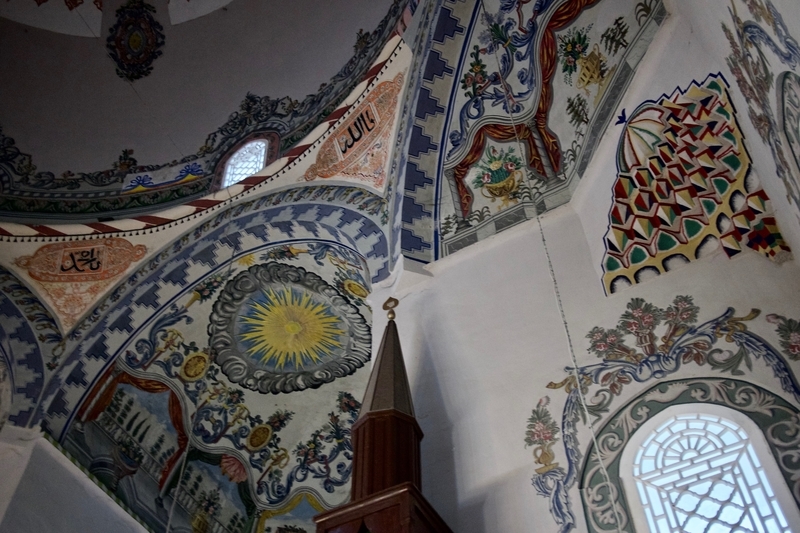
-
THE OLD HAMMAM
Lying across the Stone Bridge and a short walk from the old city center, the Ottoman baths and Emin Pasha Mosque are worth visiting as well.
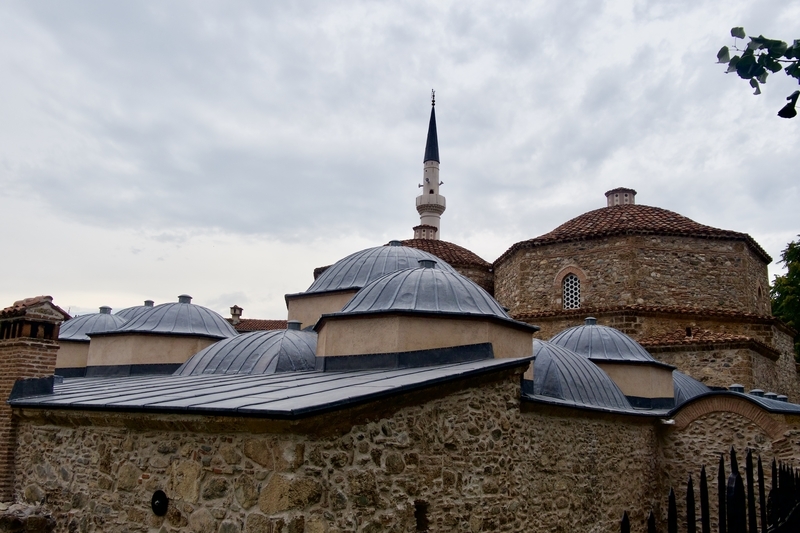
-
PRIZREN’S NORTH BANK
We spent a few hours meandering through the streets of Prizren’s northern bank. The streets were overflowing with stores selling an array of traditional and modern wedding dresses.
The dresses displayed in shop windows revealed the push and pull of tradition and modernity in this fledgling country–a country that toes the line between its historical roots and cosmopolitan culture in everything from architecture to cuisine to fashion.
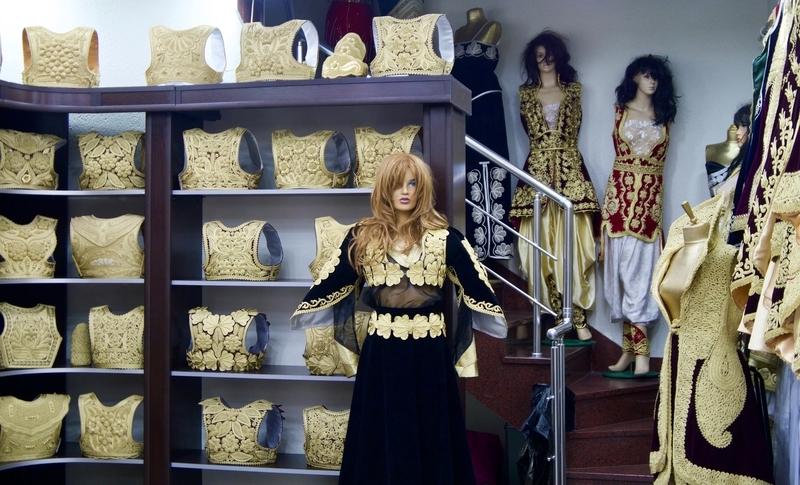
In the morning of our second day in Prizren, we explored some of the mosques and traditional shops along Prizren’s north bank.
In the afternoon, we decided to walk to the Kalaja Fortress via the city’s woodland trails.
-
THE PRIZREN FORTRESS LOOP
Prizren’s forested backyard is a short walk from the city center. A hiking trail begins just past the Marashi Restaurant and follows the river before winding upward, toward the Kalaja Fortress.
While those with more than two days in Prizren may want to do some day hikes into the Shar Mountains, the city’s proximity to greenery makes it possible to enjoy nature even on short visits to the city.
After about an hour of strolling in the forest, we reached the fortress just in time for sunset.
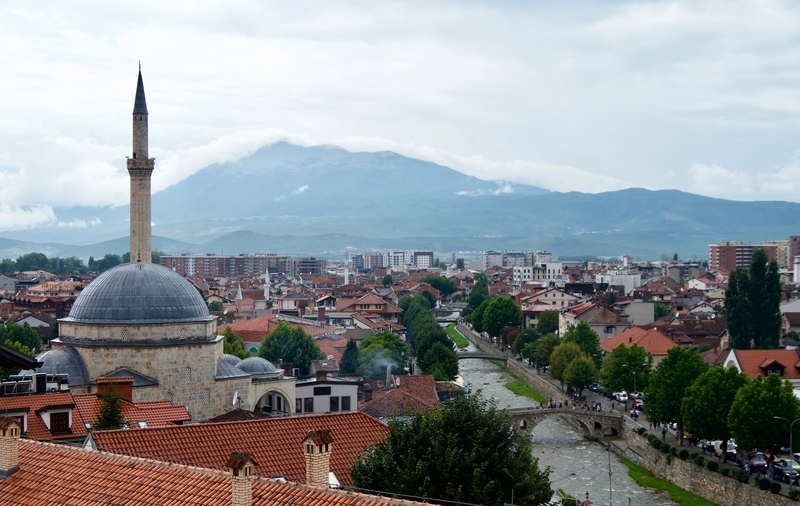
-
KALAJA FORTRESS
The Kalaja Fortress is the most famous landmark in Prizren and the town’s top tourist attraction. Visible from nearly everywhere, it was once the center of the Serbian Empire.
The fortress affords stunning birds-eye views of Kosovo’s cultural capital. From this high vantage point, the tapestry of Prizren’s interethnic heritage is more apparent than ever.
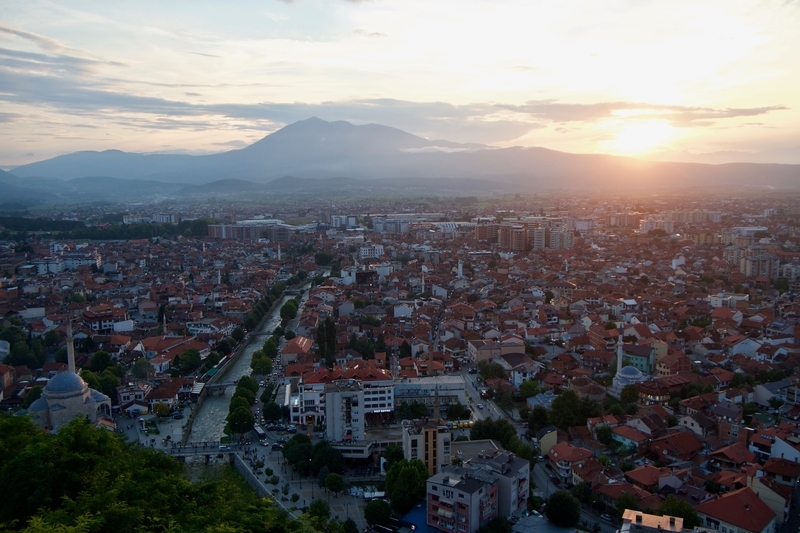
****
With pretty cobbled streets, pedestrian bridges and a plethora of outdoor cafes, it is sometimes easy to forget that Kosovo’s capital of culture has only recently emerged from war. At first glance, Prizren is lively and tolerant. It is only when looking past the city’s attractive facade, that one can see scars of the city’s violent past.
Yet, despite its undefined political status and desire for international recognition, the Kosovo of the 21st century is no longer dangerous or war-torn.
In fact, not only is Kosovo a perfectly safe place to visit, but I’d even be willing to call it one of Europe’s best off-the-beaten-path budget destinations.
_________________________________

